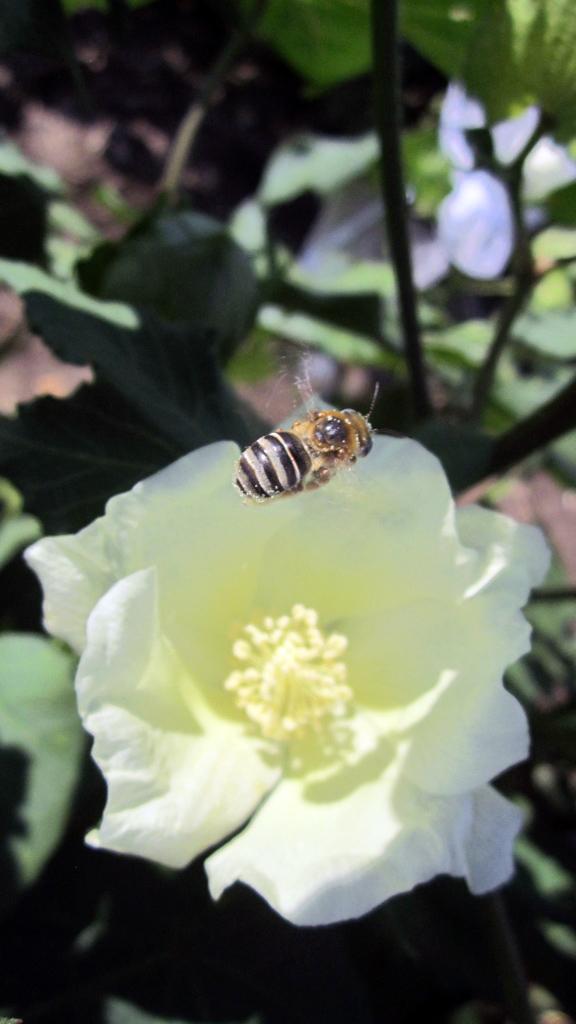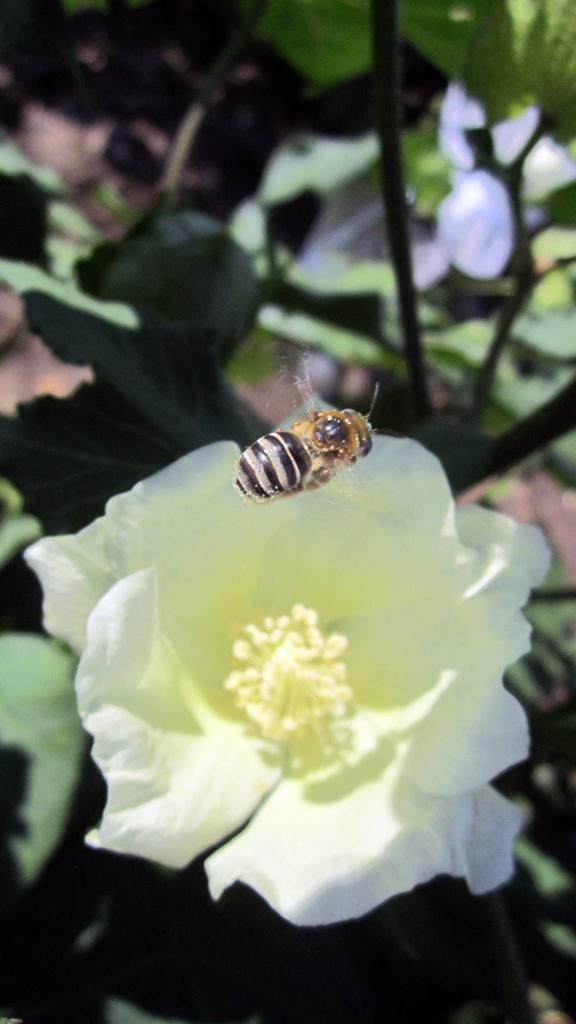
According to a new study by The University of Texas at Austin, increasing the diversity of pollinator species, including bees, flies and butterflies, can dramatically increase cotton production. The researchers estimate that in South Texas, the region they studied, increasing the diversity of pollinators could boost cotton production by up to 18 percent, yielding an increase in annual revenue of more than $1.1 million.
The research is published in the June 16 issue of the journal Agriculture, Ecosystems & Environment.
South Texas accounts for about 15 percent of the state's cotton production. Because pollinator populations and growing conditions vary across the state, it's difficult to extrapolate statewide. But the researchers say boosting pollinator diversity could be worth several millions of dollars to Texas cotton farmers.
Cotton is the world's most economically valuable nonfood crop. Texas alone produces 25 percent of U.S. cotton.
The researchers also examined what factors increase the diversity and abundance of pollinators in cotton fields. They found that the greater the area of natural land cover — areas not used for farming or ranching — within about 800 feet (or 250 meters) of cotton crops, the more diverse the pollinators that visit the plants.
Based on these findings, the researchers recommend several ways to increase the diversity of pollinators in cotton fields. Farmers can plant a row of wildflowers between rows of their crops or even on the edges of the crop field. In addition, farmers can introduce flowering crops into the crop rotation and reduce pesticide spraying, especially during the daytime.
One of the most important implications of this research is that local government officials "can increase cotton crop yield by supporting habitat for native pollinators," said Shalene Jha, assistant professor of integrative biology and senior author of the study. This gives an economic impetus to municipal projects that protect biodiversity, such as permanent wildflower spaces.
"We've shown that there are multiple benefits to biodiversity," Jha said. "With the right management, cotton farmers can have higher crop yields and support native plants and animals."
In addition to Jha, the study's authors are Sarah Cusser, a Ph.D. candidate at UT Austin; and John Neff, director of the Central Texas Melittological Institute.
The researchers estimate that in Texas, the boost in crop yield due to increased pollinator diversity would translate to an increase in annual revenue of $108 per acre.
The study focused on 12 field sites representing a wide range of landscapes across South Texas, one of four major cotton production regions in the state. The researchers netted pollinators foraging on cotton plants and determined their abundance and diversity; analyzed geographic information system, or GIS, data derived from satellites and other sources to map landscape types; and conducted hand-pollination experiments.
The cotton plant, which produces large flowers that later develop into the white fiber for which it is known, is able to produce cotton without pollinators to a certain extent, mostly by using its own pollen. However, by introducing pollinators, the pollen from one plant is spread to others, and this increases cotton yield significantly.
One key reason that a large diversity of pollinators is beneficial is that cotton blooming does not perfectly coincide with the most active times of the European honeybee, one of the most common pollinator species. Therefore, having a variety of native pollinators would allow more pollen distribution — a necessary step in production of the harvestable cotton bolls.
Despite the fact that preservation of biodiversity and the development of agriculture might seem at odds, this new research shows not only that they can coexist, but that both are necessary to have a healthy economy and ecosystem.
###
This research was funded in part by the Texas Parks and Wildlife Department, the U.S. Army Research Office, the National Science Foundation, and the Winkler Family Foundation. Work was done in collaboration with the Welder Wildlife Refuge and the Texas A&M AgriLife Extension Service.
Media Contact
Marc Airhart
[email protected]
512-232-1066
@UTAustin
http://www.utexas.edu





